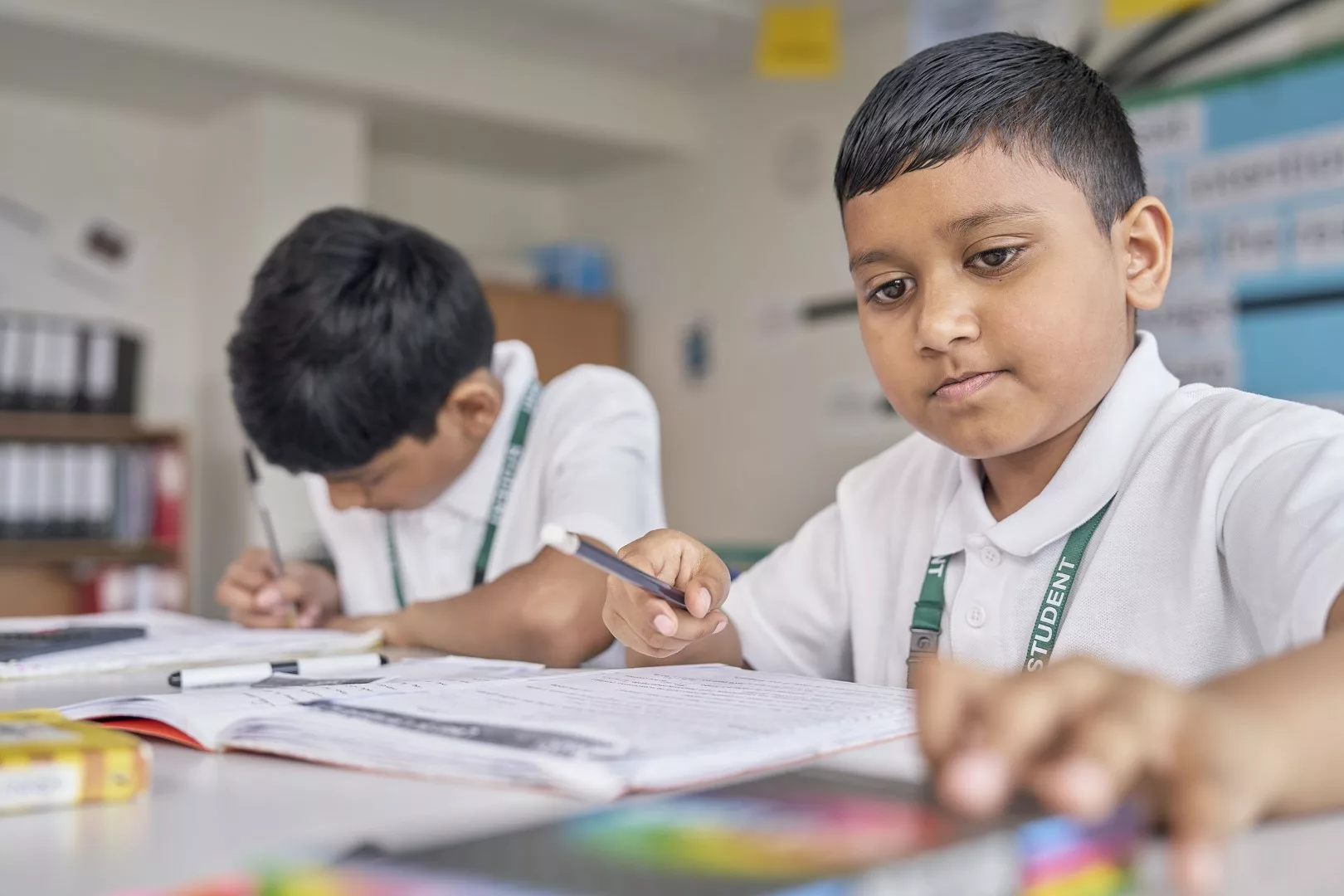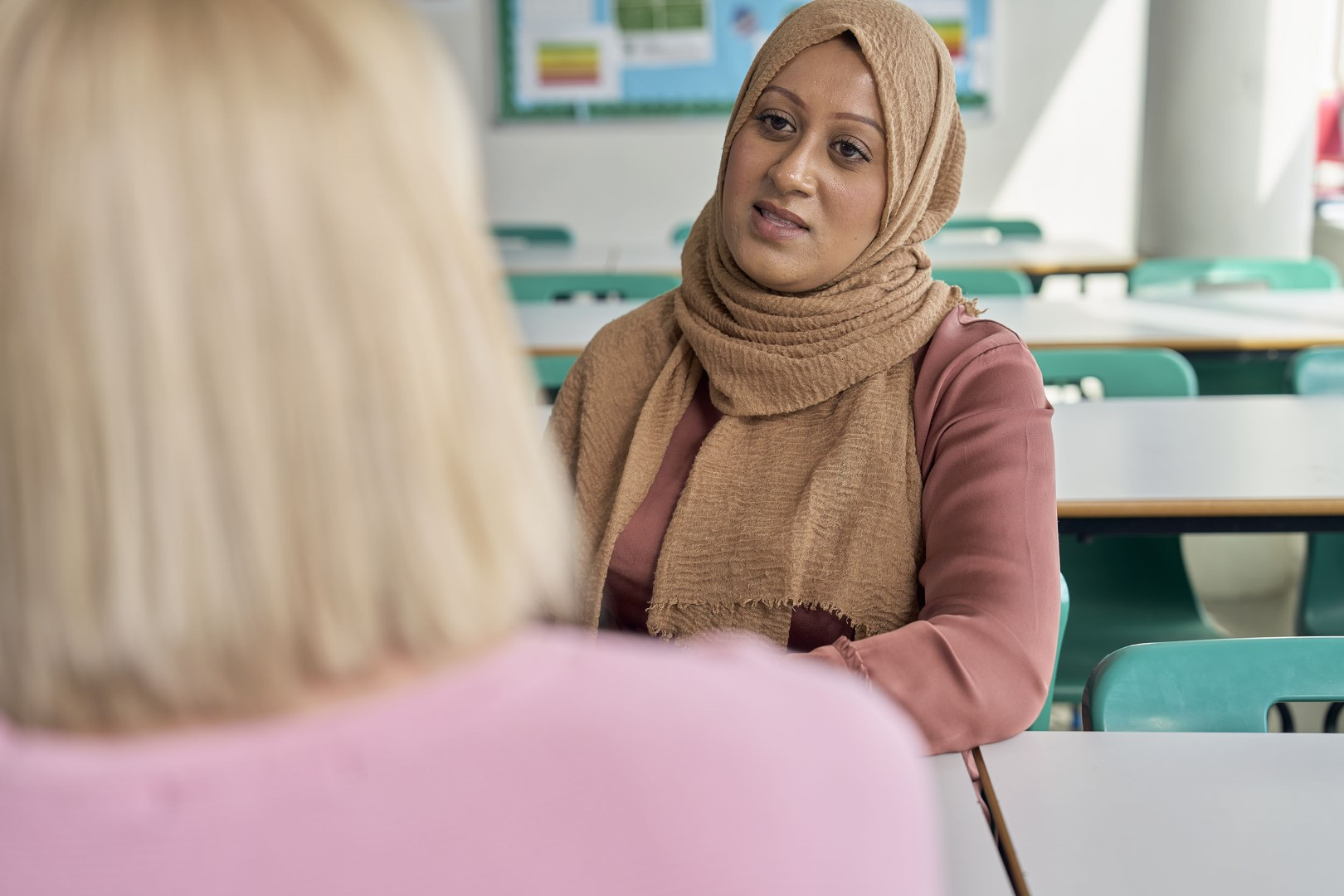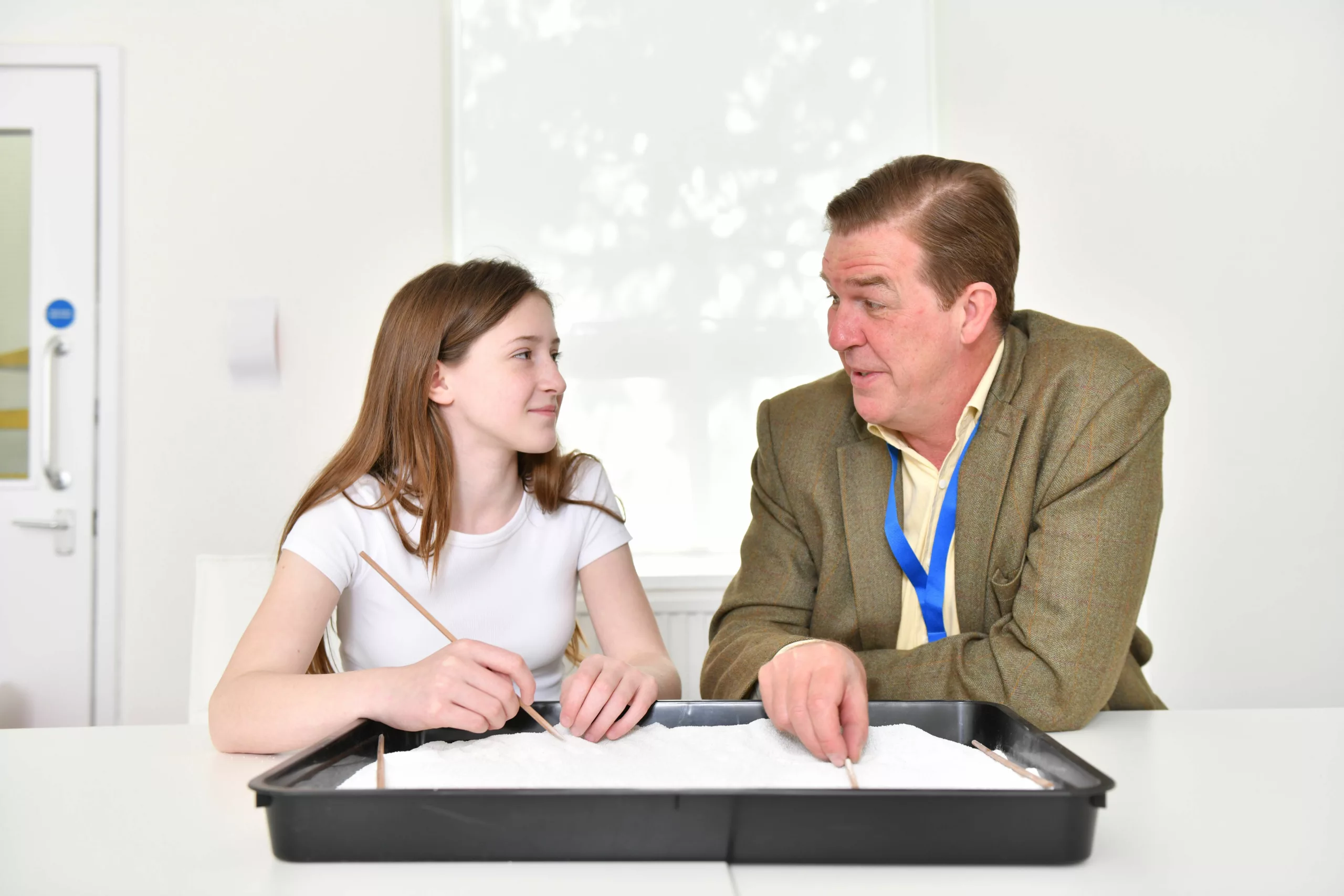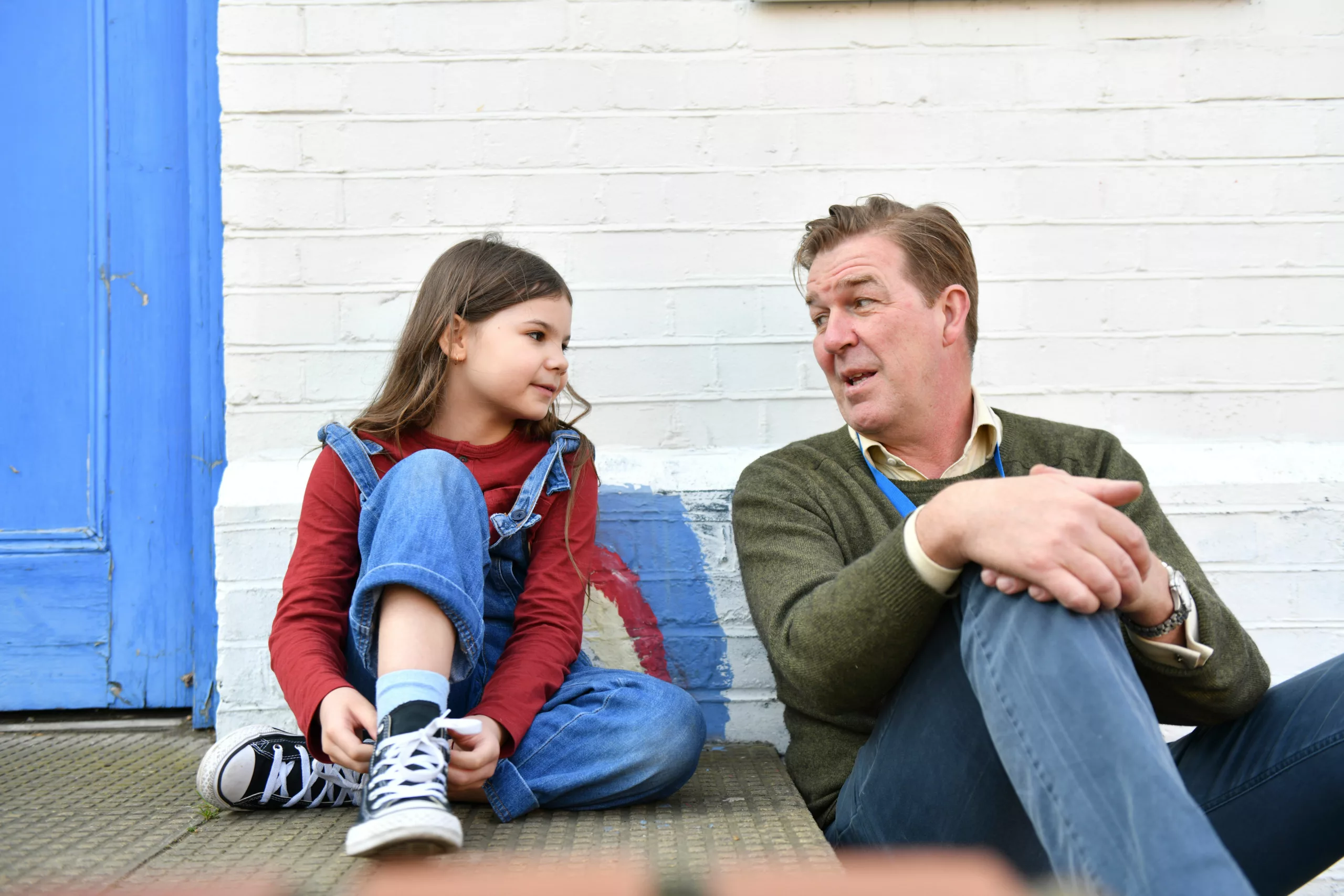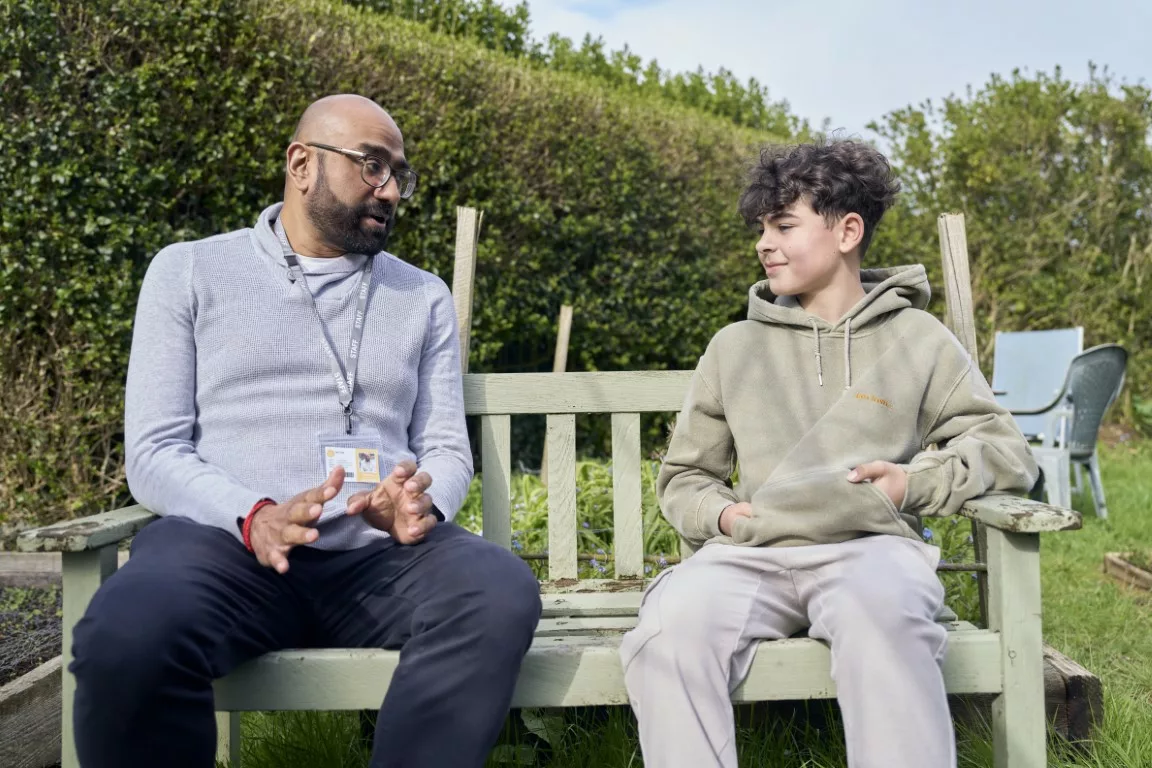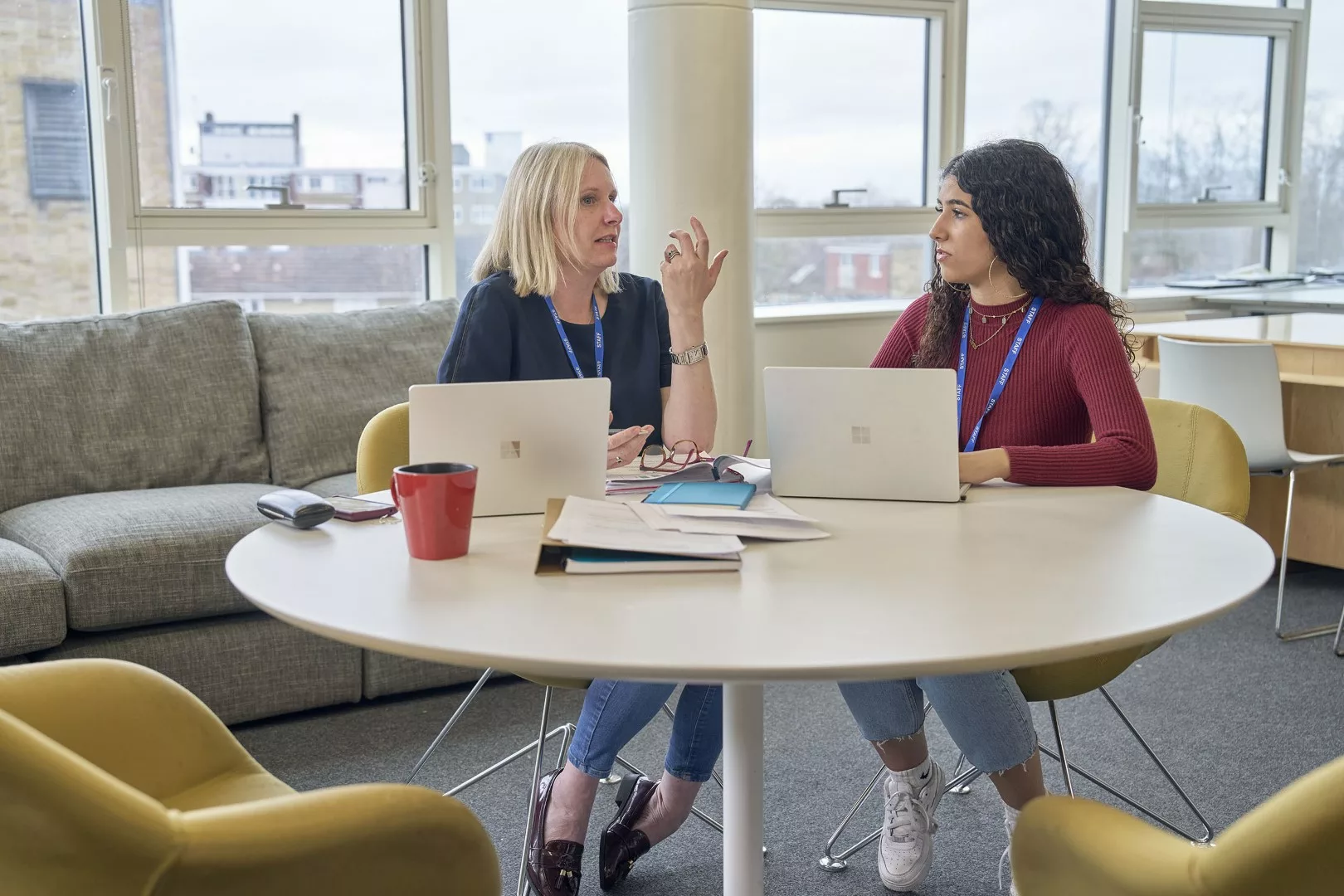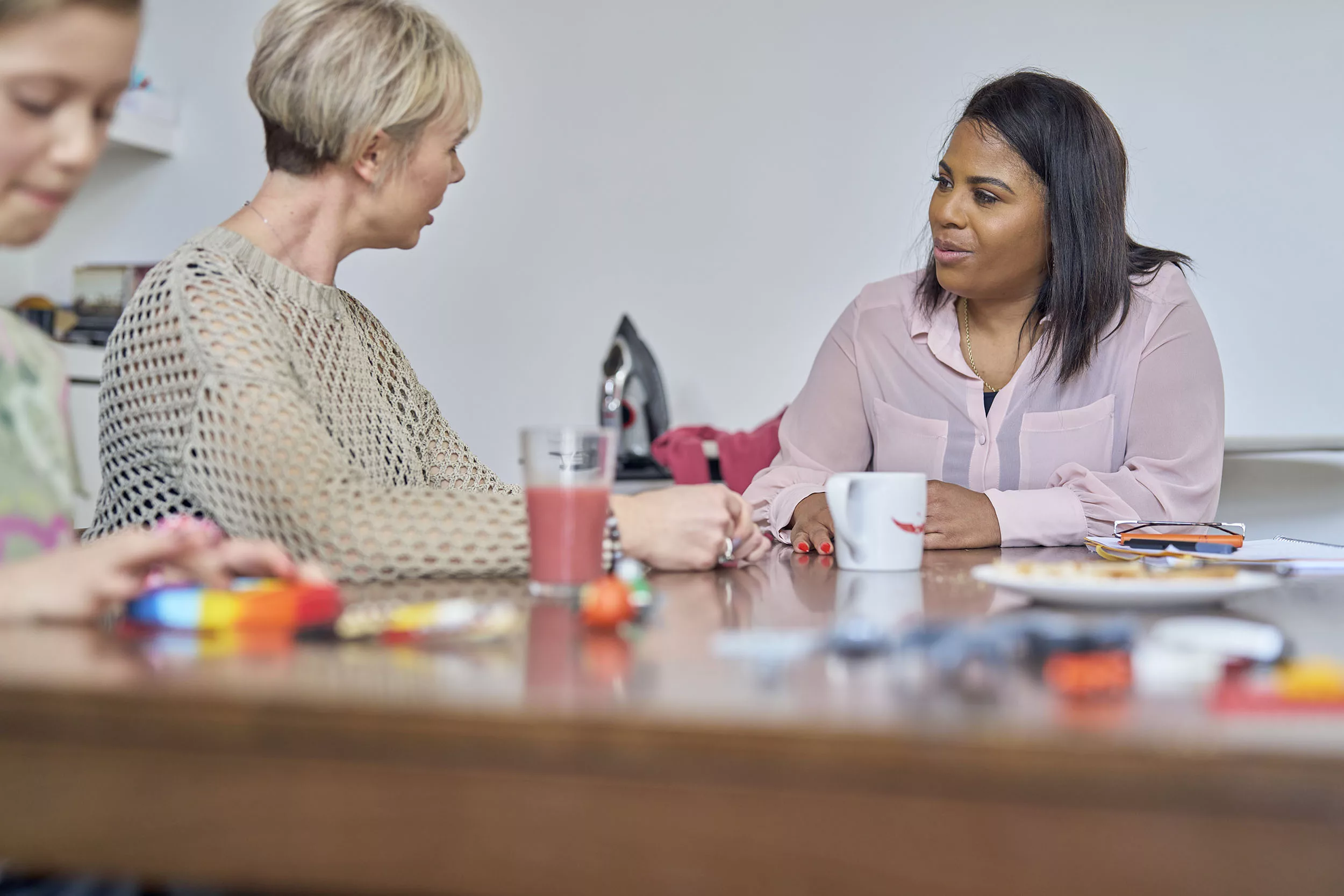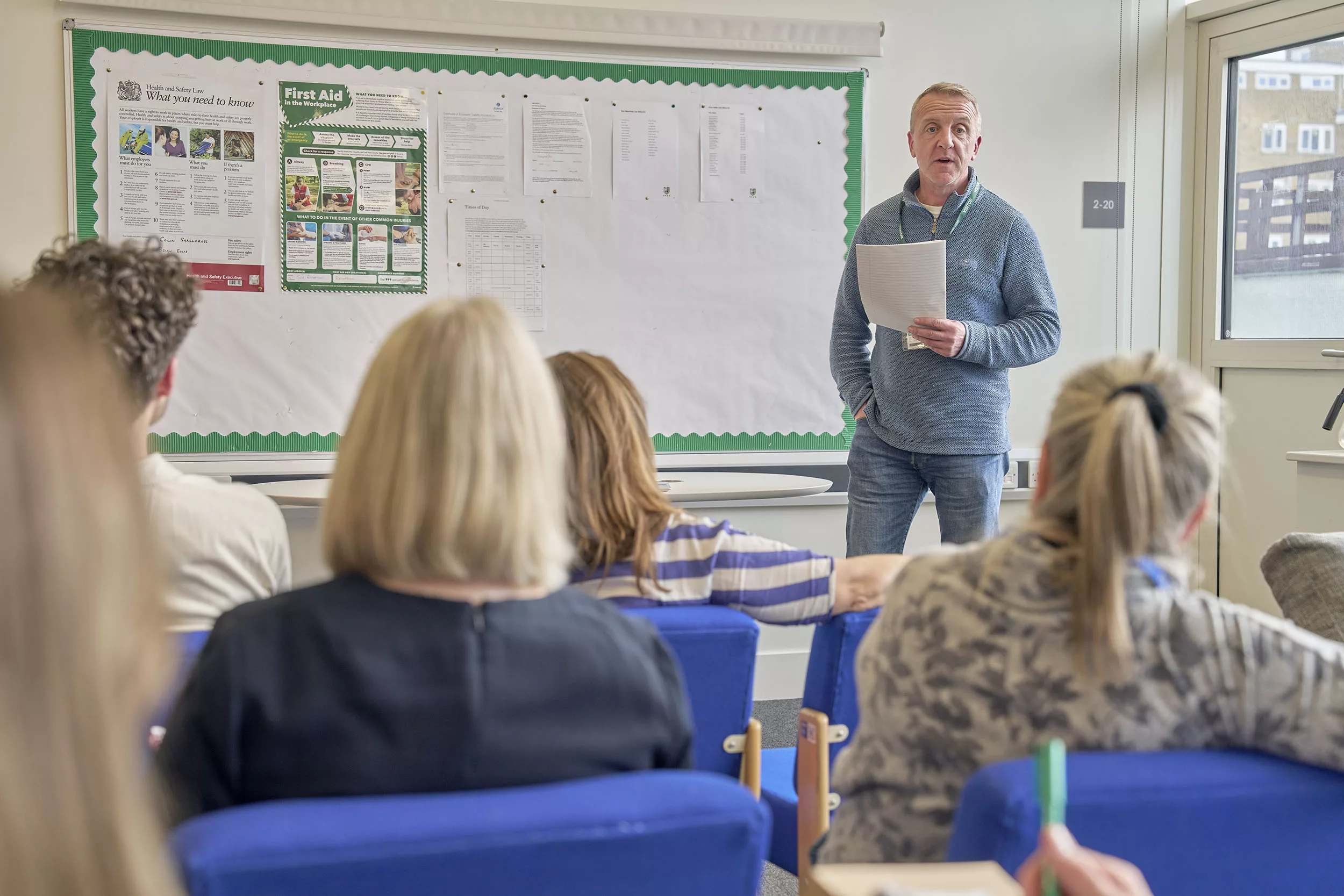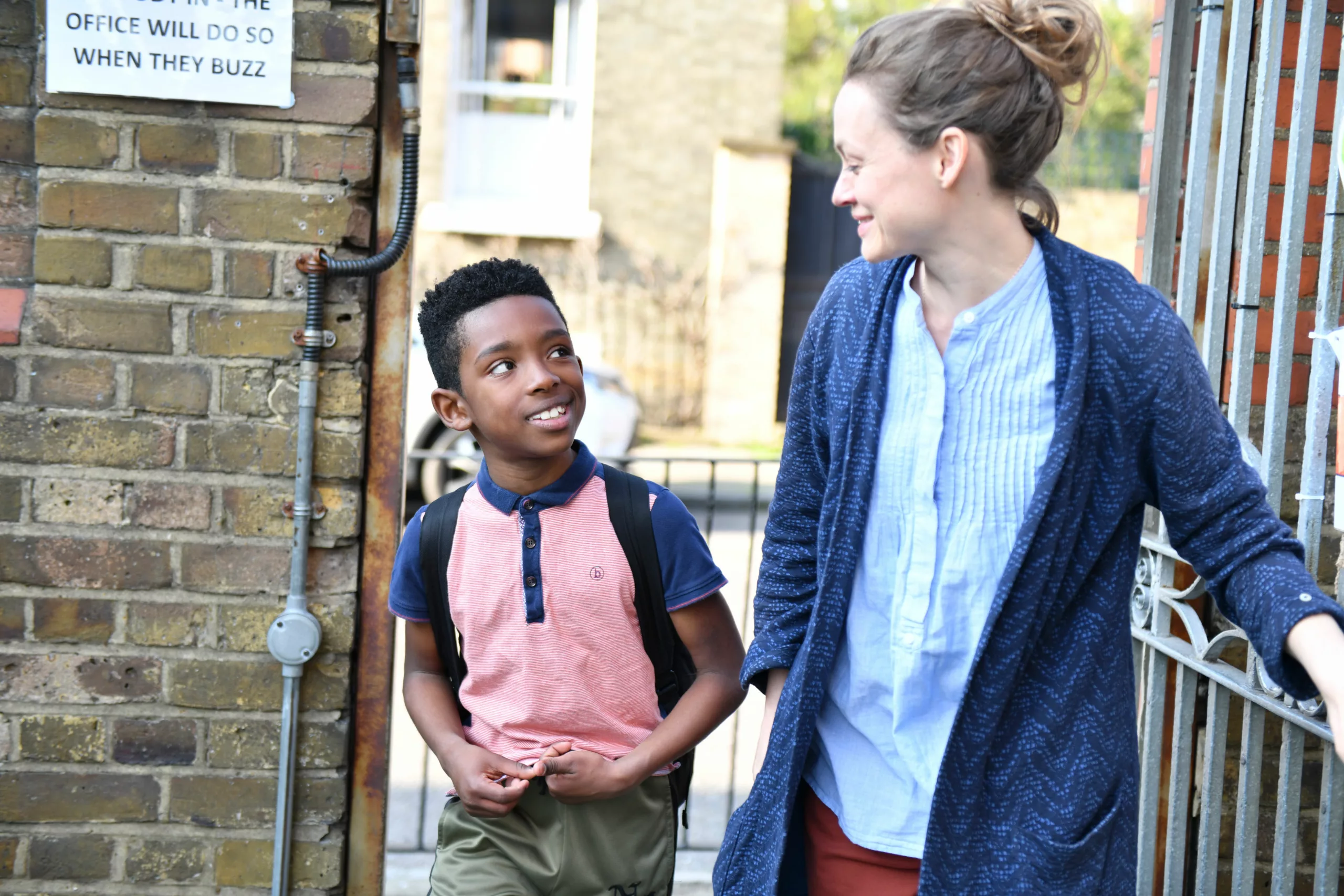
Helping education settings
Three resources to help education professionals to identify and respond when they have concerns of child sexual abuse or behaviour.
How can these resources help you?
Half a million children are estimated to experience some form of sexual abuse each year, yet research indicates only around one in eight cases of child sexual abuse ever reach the attention of statutory services.
Schools and professionals in education settings play a pivotal role in identifying and responding to concerns about children and supporting them to be safe.
Keeping children safe in education (2022) statutory guidance from the Department for Education (DfE) highlights the importance of identifying concerns early, preventing concerns from escalating, all staff having the knowledge of what to do if a child shares that they have been abused and an understanding of how to reassure victims and that they will be supported and kept safe.
Developed by professionals for professionals, this series of free guides, bring together research, practice guidance, and expert input – including from survivors of abuse – specifically for those working in education settings to support response.
Communicating with children
This resource provides guidance on how professionals should respond when they have concerns of sexual abuse, what to say and avoid, building an understanding of context, how to support children and advice on responding to harmful sexual behaviour at school.
Communicating with parents and carers
This guide is designed to help professionals understand more about how child sexual abuse affects parents and carers and their children, so that they can support them effectively. Understandably, many teachers say they find it hard to talk to parents when there are concerns, this guide helps to support conversations of this kind and build confidence. It explores the impact of child sexual abuse carried out in different contexts, and how such abuse can affect families differently. It also explains why parents need to receive a supportive response from their child’s school/college, and what this involves.
Safety planning in education
This new guide provides practical support for those in education settings to respond to children’s needs and safety when incidents of harmful sexual behaviour occur. It is split into two: Part A looks at the key actions for a school when an incident of harmful sexual behaviour has occurred, including a safety plan template for recording and reviewing arrangements, and Part B focusses on broader practical advice such as how to communicate with children, and their parents, and an appendix with useful links and resources.

